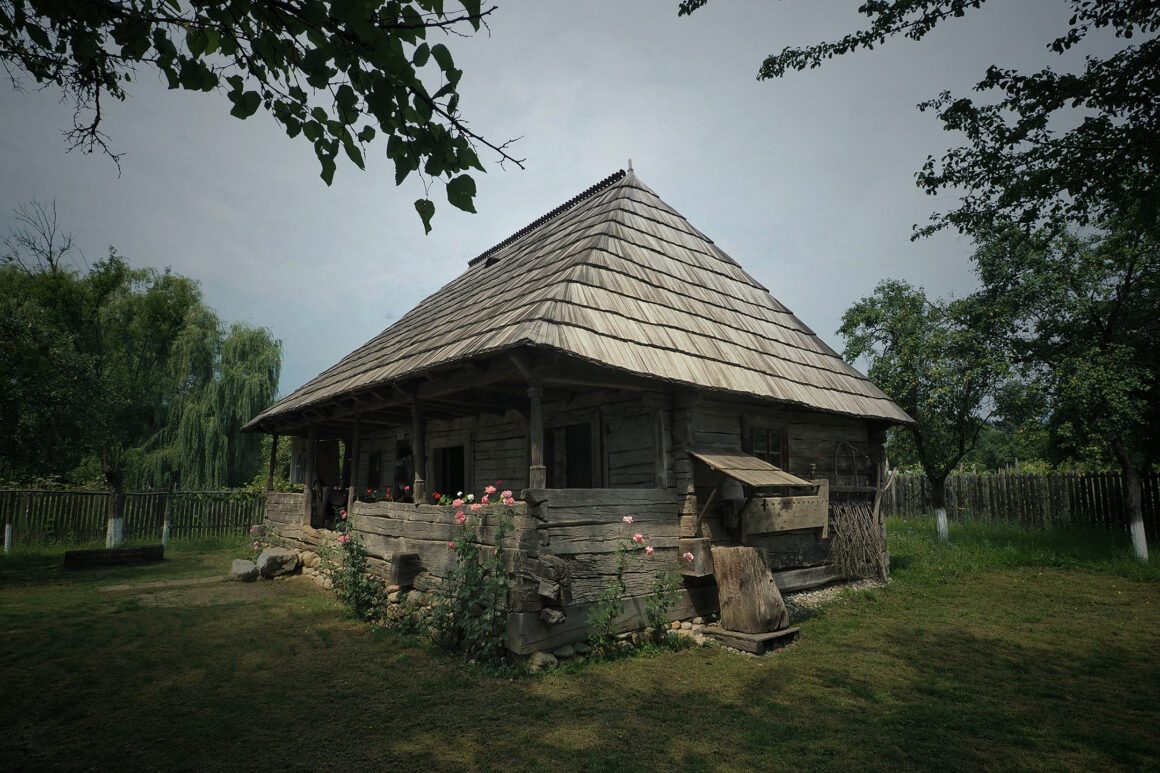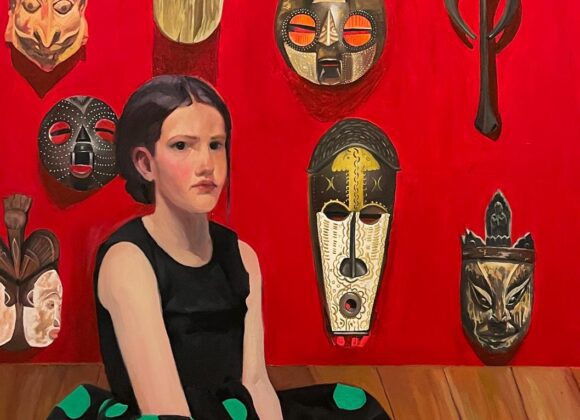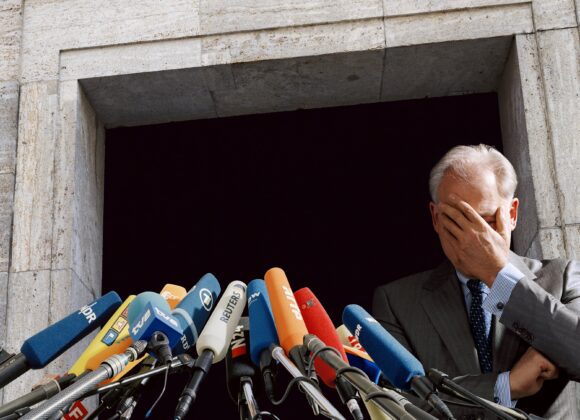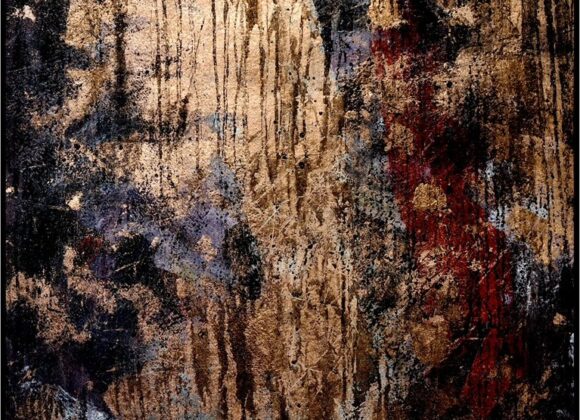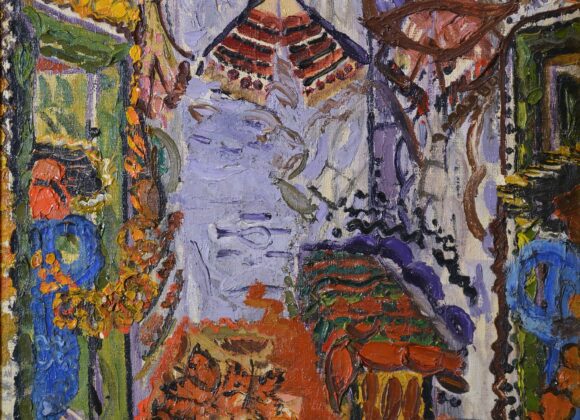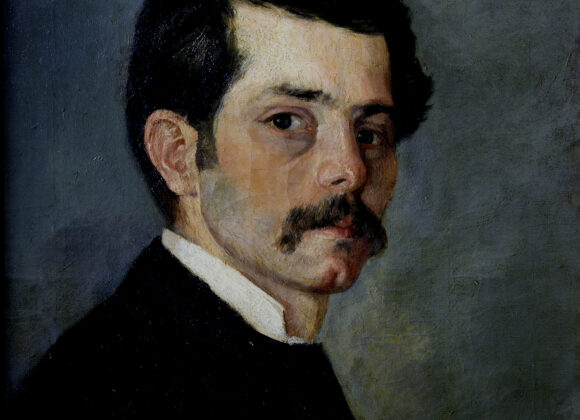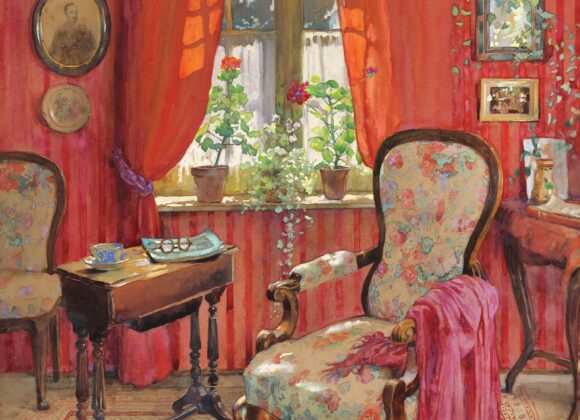The Home of Brâncuși
Where it all began
May 1-19
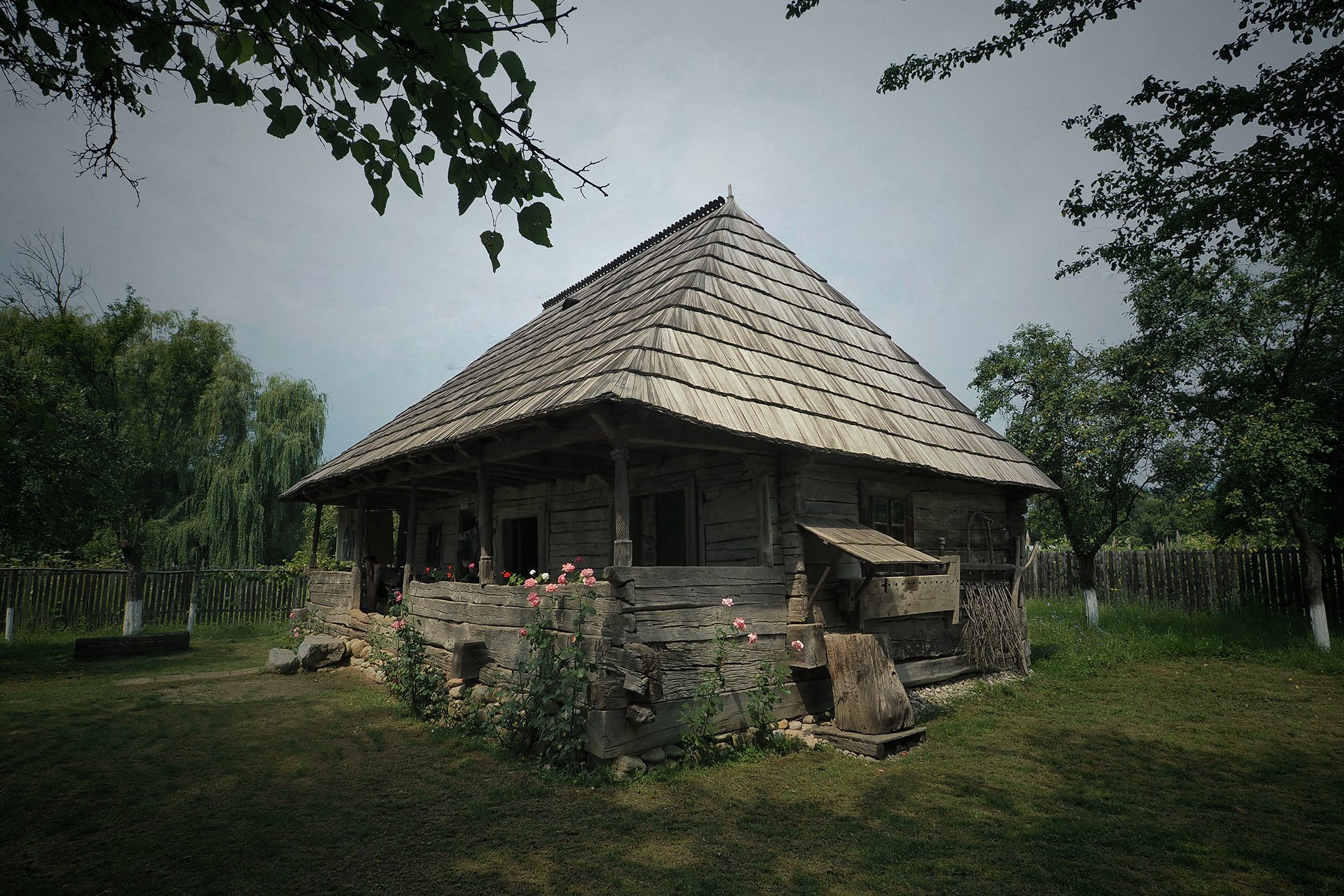
The village that Constantin Brâncuși made known to the world, Hobița, is the focus of a new temporary exhibition at Art Safari, from the 1st to the 19th of May. The Home of Brâncuși evokes the artist’s roots by reconstructing the interior of a house in Hobița, from the Gorj region, using a series of furniture items from the National Museum of the Romanian Peasant collection. Documentary photographs from the Romanian Academy collection complete this presentation.
In fact, Constantin Brâncuși is one of the personalities included in the exhibition The History of Romania in 100 Portraits, curated by Cornel Ilie, which can be seen at Art Safari until July 28. The sculptor is presented through a series of photographs, including a portrait by Man Ray, a bust and a number of personal items, all from private collections: a French travelling suitcase used by Constantin Brâncuși on his famous trips to the United States, the sculptor’s work vest, a day suit and an evening suit, each of three pieces, worn by Constantin Brâncuși during his Parisian period (both by Sleator & Carter), a Burberry’s (now Burberry) overcoat – possibly used by the artist while working, a pipe and a cane.
The place where Brâncuși learned to tame wood and stone
Constantin Brâncuși was born in the village Hobița, in Gorj county, on February 19, 1876, to Nicolae Radu and Maria Brâncuși’s family. His parents dealt with agriculture, woodworking and cattle breeding. Little Brâncuși learned the skill of carving wood from the village carpenters, but first of all from his father and grandfather. Hobița was a source of inspiration for his art: from the beautifully ornamented houses to the old wooden church, with its carved frontal piece leaning on pillars, which reveal the origin of his future Endless Column, and the village cemetery with its ornamented wayside crosses and roods.
Eager to get to know the world, in 1883, at the age of 7, Brâncuși performed his first act of independence that he remembers: he “left home and set out into the world”, as documented by Barbu Brezianu – a dedicated Romanian researcher of Constantin Brâncuși’s work. The child was found by his mother in Târgu Jiu and brought home (where he attended his first primary school in Peștișani).
In 1884, in the second grade, he was punished for trenching his desk with a penknife and he interrupted his studies, being sent as an apprentice to a barrel-maker. He used to pick stones from the riverbed and fill his pockets with them, aspiring ever since then to make shapes he could play with, shapes “that could bring joy to people”.
In 1904 he left for Paris by foot; there, he worked for a time in the studio of the famous Auguste Rodin. In 1914 he had his first solo exhibition in New York, followed by his most fruitful creative period. He died at the age of 81, in Paris. His works are spread all over the world, in the greatest museums and collections, but very few of them can be found in the artist’s native country.
Mai multe expoziții


